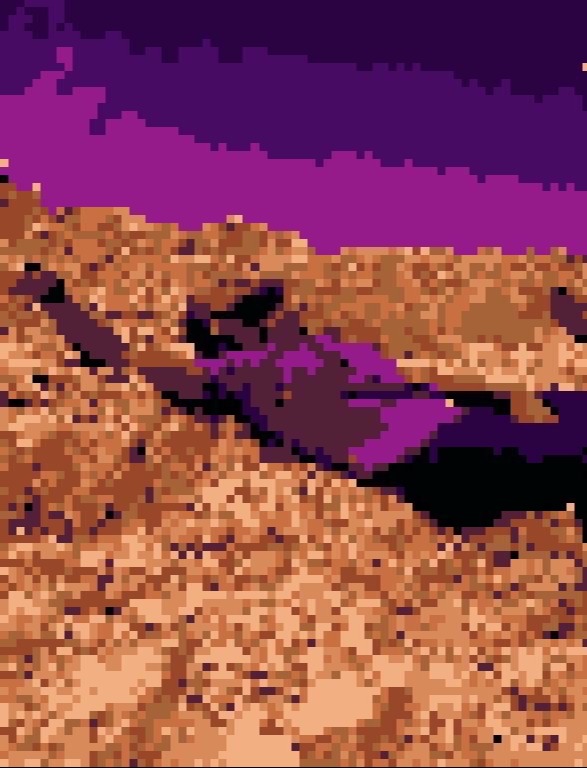Audio Presented by

Privacy is Fundamental🔐 Resources should Regenerate♻️ You are your Data's Sovereign💾👑 Find me everywhere! @blackneter
Story's Credibility

About Author
Privacy is Fundamental🔐 Resources should Regenerate♻️ You are your Data's Sovereign💾👑 Find me everywhere! @blackneter